The Japanese are famous for their style and patterns related to kimono fabrics, pocket handkerchiefs and other items that have made history and remain one of the symbols of the land of the Rising Sun. Today we share with you some of the most famous patterns and we will try to analyze them together.
Traditional Japanese patterns, what they are and their meaning
Author: Erika | Source: Nippon.com
The Japanese tradition wants kimono, but also soft towels and other small Japanese objects to be decorated with precise fabrics. In fact, we often find very precise decorations on this type of fabrics. Every decoration and every pattern has a precise name and a well-defined origin that reveals hidden meanings with precise purposes. Here is a shortlist of the most traditional patterns.
Pattern: Uroko (Scales)
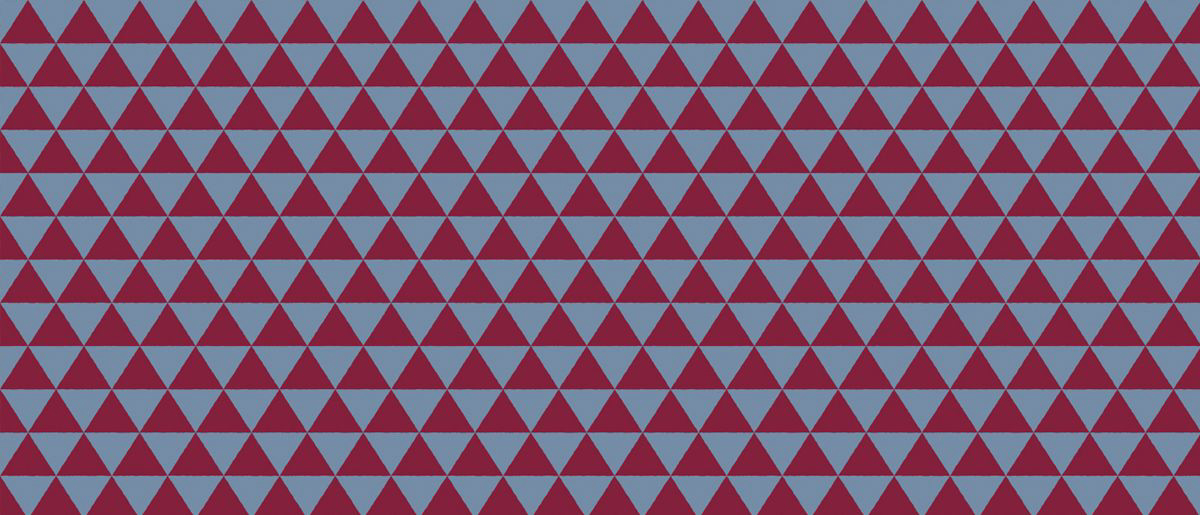
Created through the combination of triangles, this fabric resembles the skin of a snake or fish. In tradition, samurai wore clothes with this pattern as a protective talisman against evil.
Kōjitsunagi (Interlaced Kō Characters)
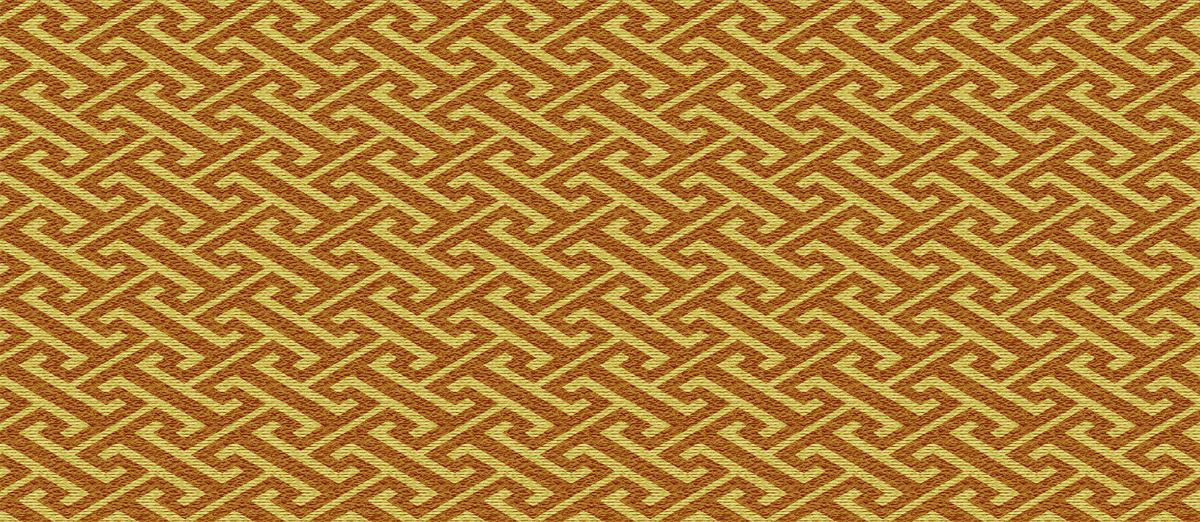
As we often find also in Western culture, the decorations of many fabrics correspond to a precise character repeated in a graphic way. In fact, this model takes its name from the use of the character 工 (kō), repeated interlocking so that the characters seem to stretch infinitely. This type of pattern is associated with luck and is a typical drawing used in materials to create kimonos.
Pattern: Asanoha (Hemp leaves)

Literally called Hemp Leaves, this Japanese pattern has a strong vitality just like the fibre of the same name. Hemp is a plant that grows vigorously without much care. In fact, this is the focus of the pattern that is often used in the creation of kimonos for children and infants in the hope that they too will grow strong.
Yabane / Yagasuri (Arrow feathers)

This Japanese pattern is based on the stylization of hawk, eagle and other birds feathers used in the manufacture of arrows. Behind this type of fabric, as always, we find a deep symbolism. In fact with the pointing to the target, arrows have long been used as a good omen. However, once shot, the arrows do not return, and for this very reason, in the Edo period, brides were given kimonos with this design as a good luck charm. In fact, this pattern was a kind of good luck charm to make sure that new brides didn’t have to return to their family home.
Also, in the late seventies, this pattern became famous thanks to Benio, the main character of Haikara-san, a manga for teenagers. In fact, she wore this type of kimono at school and this led to the combination with burgundy hakama, a type of split skirt. This led teenagers to make this Japanese pattern a popular combination at graduation ceremonies.
Pattern: Same Komon (shark skin)
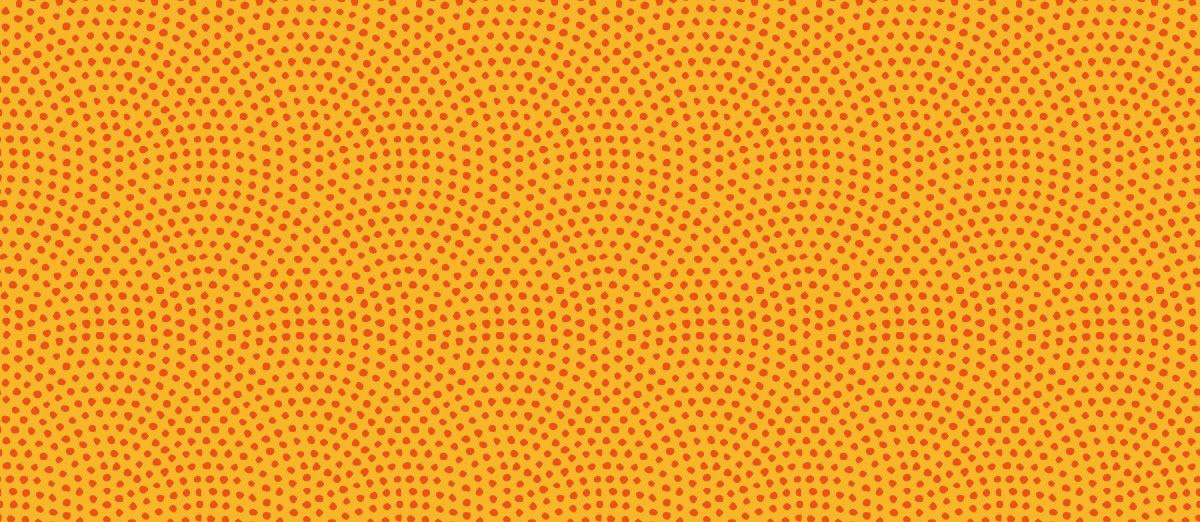
Thanks to the superimposed arcs in small dots, this Japanese pattern is reminiscent of shark skin and hence its name. In the tradition we often find it used by the Kishū Tokugawa family, to which belonged the Shōgun Tokugawa Yoshimune (1684-1751).
Seigaiha (Blue ocean waves)
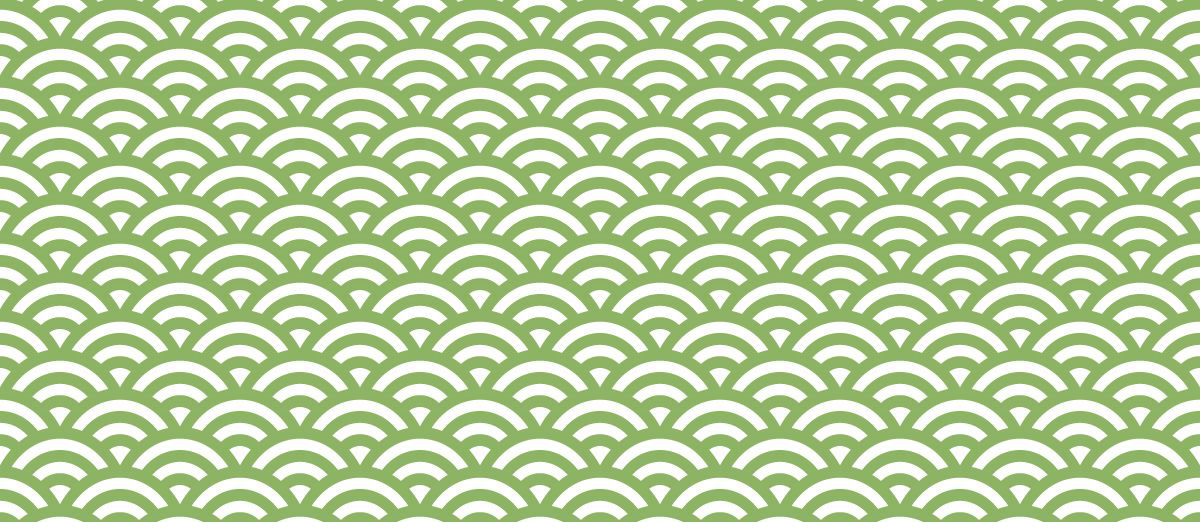
One of our favourites, this model is reminiscent of the fan waves of the open sea. The name comes from the ancient gagaku court dance called Seigaiha. During these ancient performances, the dancers wore costumes with this very motif.
Shippō (Seven treasures)
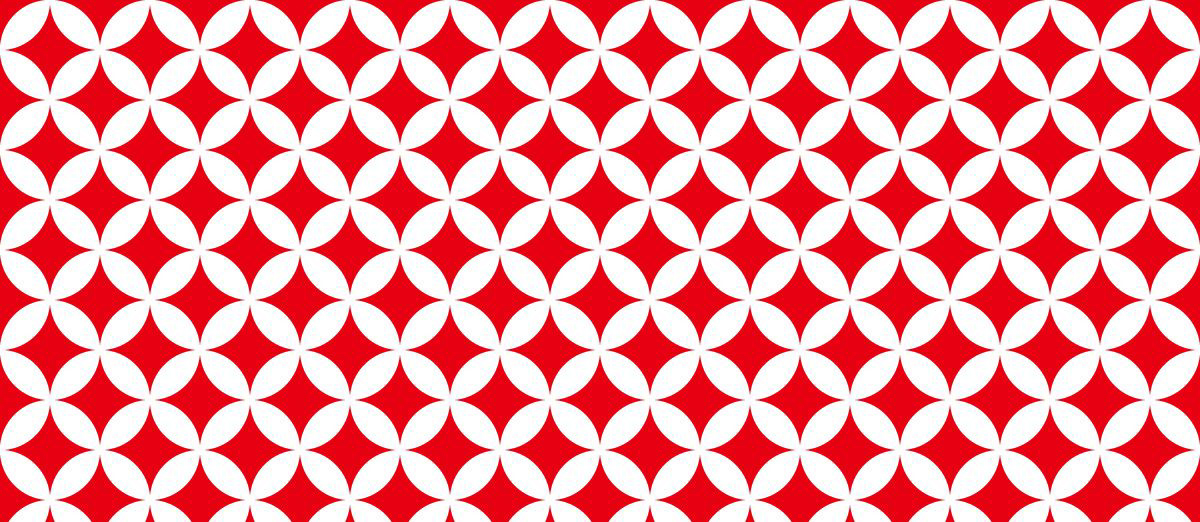
With circles that overlap in quarters resembling petals, their centre forms a shining star. This pattern is given the meaning of good omen for the prosperity of your descendants, good relationships and to bring harmony into your lives.
Pattern: Kikkō (Turtle)
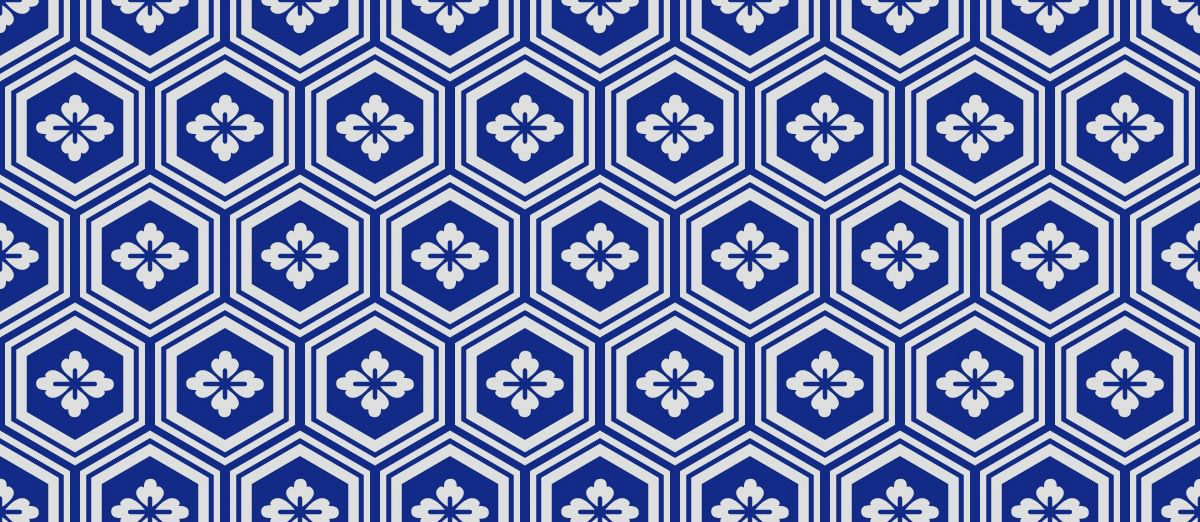
Another auspicious pattern, this design comes from the shape of the turtle shell (hexagon) and that’s where it takes its name from. This not only represents luck but also longevity. Depending on how it is composed, the hexagons form different variations for this type of design, including Kikkō hanabishi and Bishamon kikkō. In the former, the centre of the hexagons forms flowers, while the latter is formed by joining three hexagons.
Ichimatsu (chequered)
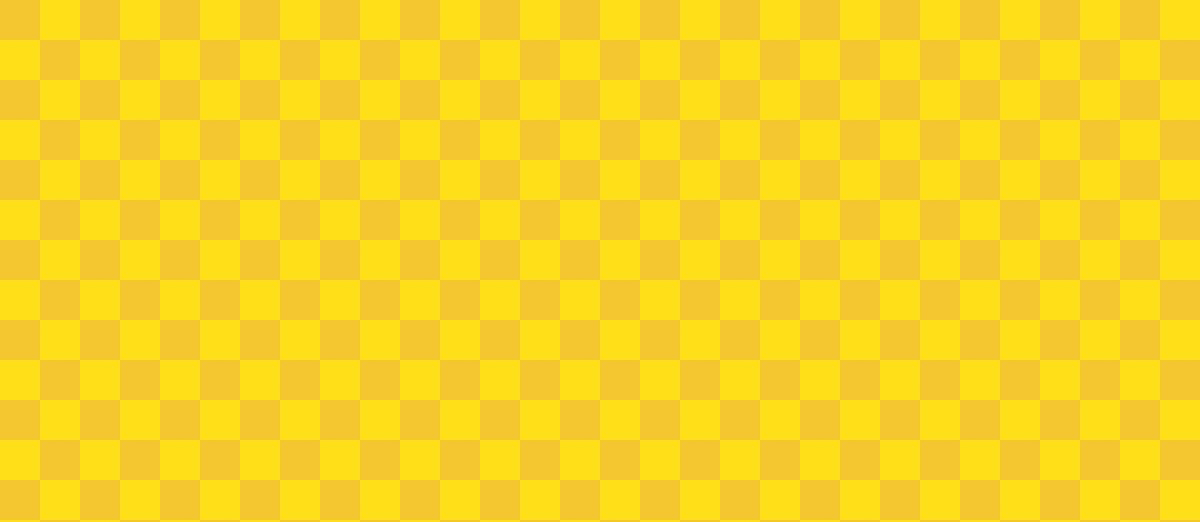
With several coloured squares arranged alternately, this pattern is very similar to ginkgoam. A common fabric since ancient times, this pattern became famous as Ichimatsu in the 18th century thanks to the kabuki actor Sanogawa Ichimatsu. In fact, the artist loved to use this fabric on his hakama costume. Today we find it in the official logos of the Tokyo 2020 Olympic and Paralympic Games.
Tachiwaki / Tatewaki (rising steam)
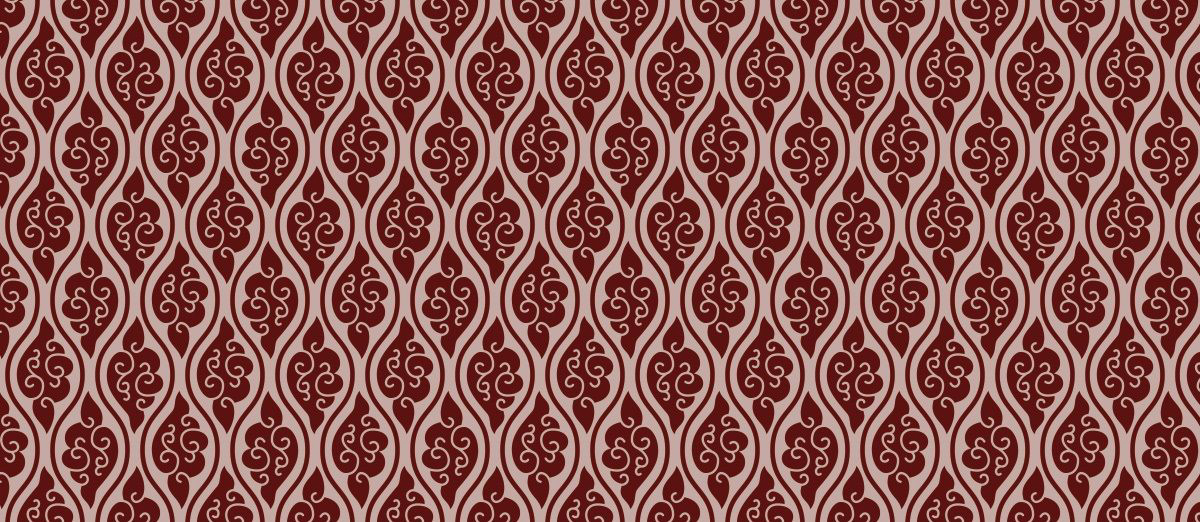
With two curved lines representing the steam rising in a stylized way, this pattern was often used in kimonos for noble and high-ranking people in the Heian period. The way these curved lines are formed serves to create variations called Kumo tatewaku (cloud) and Sasa tatewaku (bamboo).
Karakusa (Winding Plant)
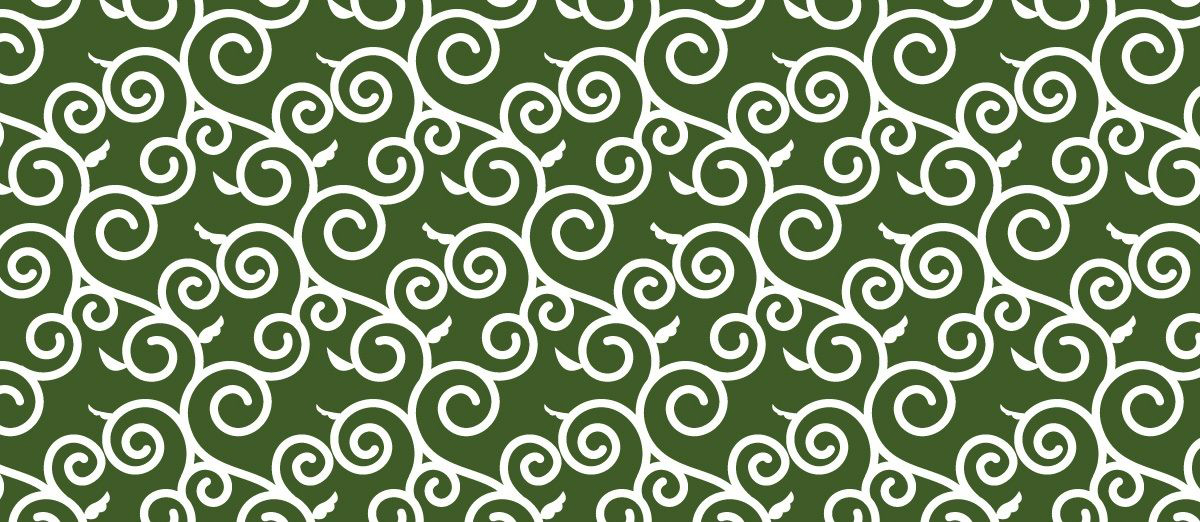
Introduced in Japan with the arrival of the Silk Road, vines and spirals extending in all directions symbolize longevity and prosperity. However, this pattern became famous as a design for furoshiki cloth that thieves used to take away stolen goods. This suggests that this pattern was very popular because in every house you could find a furoshiki with this design.
Kanoko (Fawn)
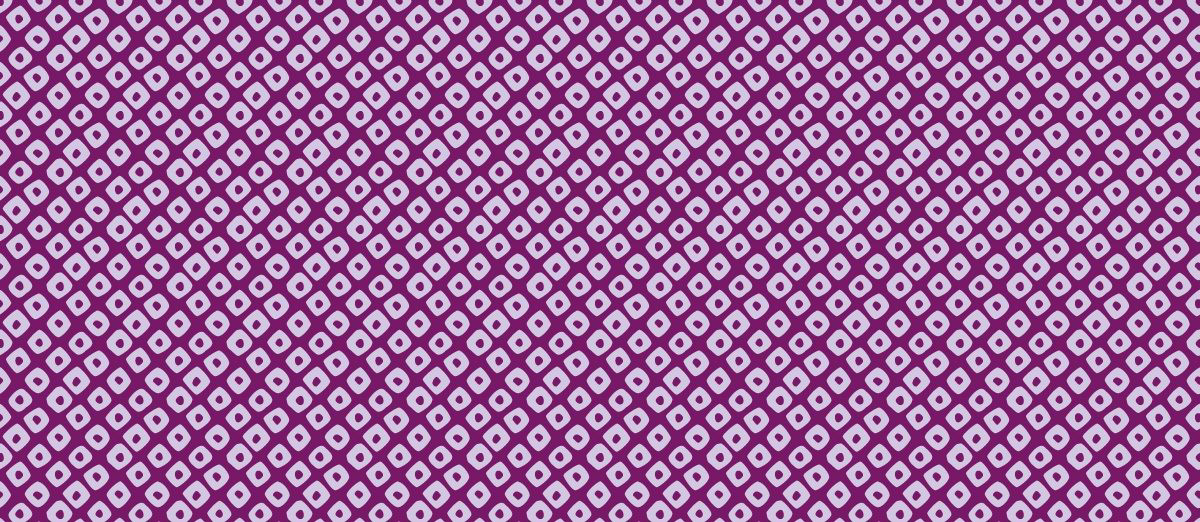
Resembling the spotted back of a fawn, this pattern is created by hand using a special dyeing technique. However, the laborious process makes it a highly sought after fabric, in fact, kimonos with an all-over kanoko pattern are considered objects of great luxury.
Hishi (Diamond)
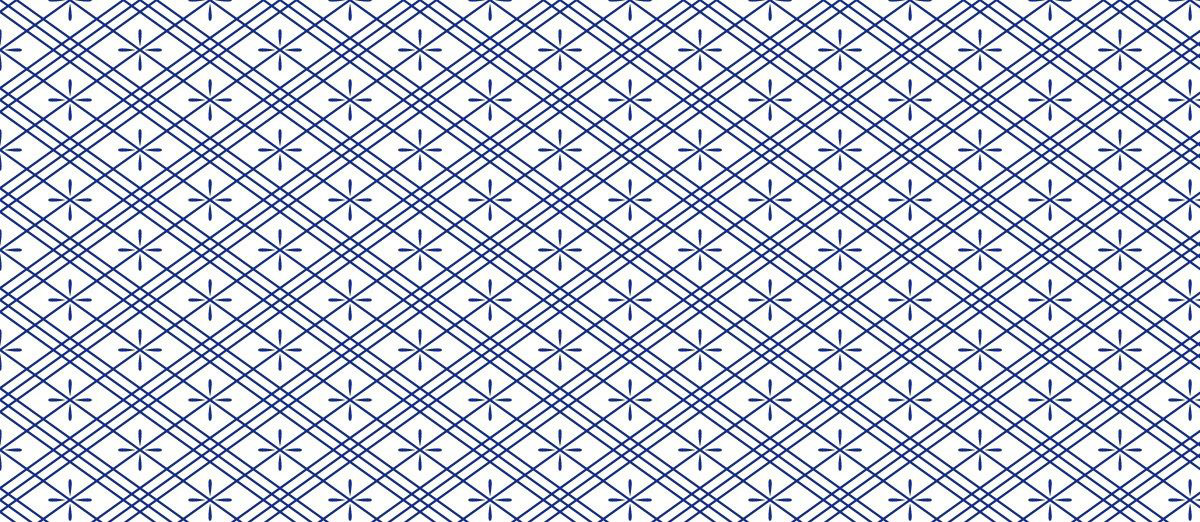
Pattern with geometric shapes, this pattern is created when two parallel lines intersect. We often find it on the ceramics of the ancient Jōmon period. Moreover, we find this pattern in different variations that include Waribischi, four diamonds combined to form a single diamond, and Hanabischi, where the petals of the flowers are shaped in diamonds.
Mameshibori (Mame Tie-dye)
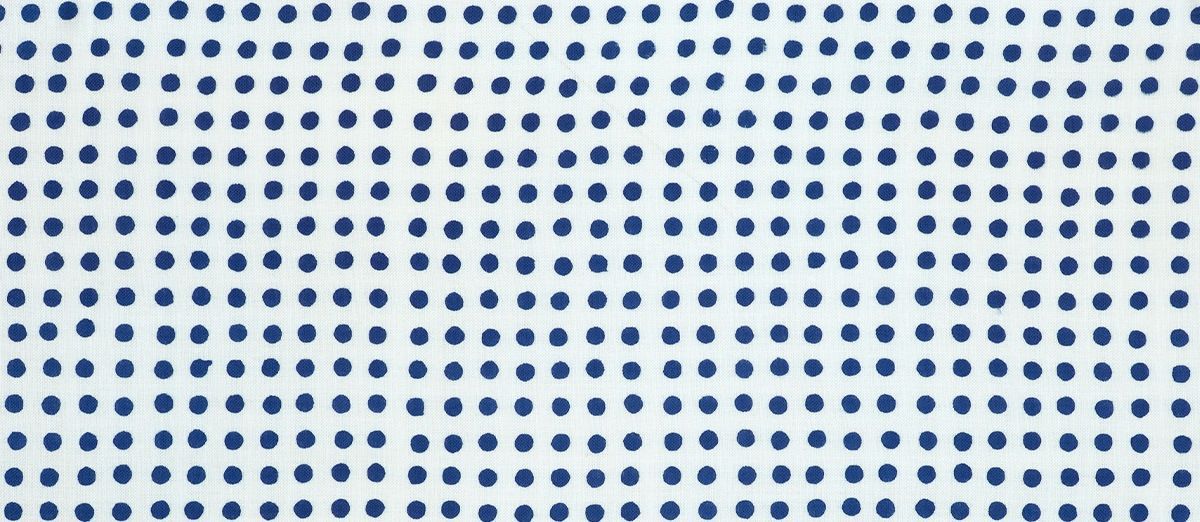
This patter was the most common pattern on bath towels in the Edo period. In fact, the name comes from a play on words that means both peas or beans, is robust and healthy. This pattern represents the hope to stay healthy and most of the patterns of the time are created with stencil dyeing or printing techniques. However, under the name of shibori, we can understand that originally the design was made by hand with a particular dyeing technique. In fact, we note that in antiquity, these shapes were much more irregular than the prints of today.
Share this:
- Click to share on Facebook (Opens in new window)
- Click to share on Twitter (Opens in new window)
- Click to share on Tumblr (Opens in new window)
- Click to share on Pinterest (Opens in new window)
- Click to share on Telegram (Opens in new window)
- Click to share on WhatsApp (Opens in new window)
- Click to share on Reddit (Opens in new window)
- Click to print (Opens in new window)






